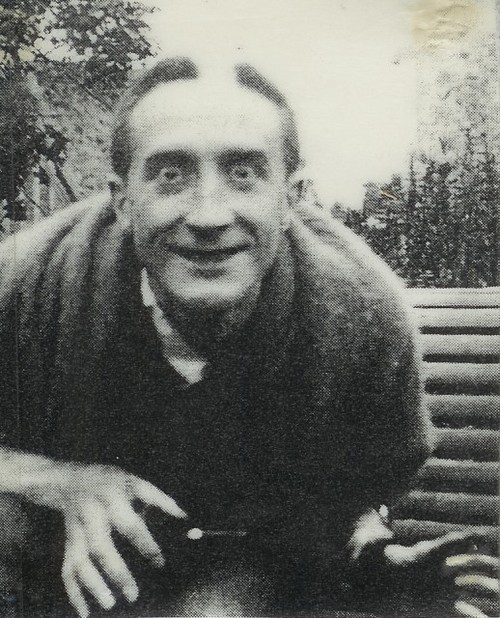
An excerpt from The Afternoon Interviews with Marcel Duchamp by Calvin Tomkins from Paul Chan’s publishing house, Badlands. An interview with Chan ran in our 2012 art issue.
CALVIN TOMKINS: Today I’d like to ask you about your life in New York before the First World War. You’ve said that the city has changed a great deal since then.
MARCEL DUCHAMP: Well, life has changed all over the world. One little detail is taxes. In 1916 and 1920 taxes were nonexistent, or so unimport- ant that people never thought of them. Today, when March or April approaches, everybody is hectic about paying taxes and saying they can’t buy this or that because their taxes are due.This form of fever did not exist at all back then. And the rest of life as a whole was much quieter, at least in the relationship of man to man. There was less of the rat race that we see now. I mean, the whole globe is rat racing now. America is no exception.
CT: And yet in spite of all the commercialism and the rat race it’s still a fact that there’s such a great deal going on among younger artists now.24 CalvinTomkins There’s so much more inventiveness and excitement…
MD: Yes, there was less activity then than now.There were not as many artists as today. The profes- sion of being an artist, of becoming an artist, was only left to a few, compared to what it is today, when a young man not having special aptitude for anything will say, “Well, I’ll try art.” In my day, young people who didn’t know what to do tried medicine or studied to become a lawyer. It was the thing to do. It was rather simple, and the examinations were not as long as they are today.You could become a doctor in four years, in France, at least. And here, I don’t know, it was probably also this long, not like now. All these things make a large difference in the lives of young people today.
CT: Do you think the idea has spread that art is easy?
MD: It’s not that it’s done more easily. But there is more of an outlet for it. Exchanging art for dol- lars did not exist then except for a few artists of that time. The life of an artist in 1915 was non- existent as a money-making proposition—far from it. Many more people are miserable today because they try to make a living from painting and can’t.There is so much competition.
CT: But isn’t all the new art activity in one sense a healthy sign?
MD: In a way, if you consider it from the social angle. But from the aesthetic angle I think it’s very detrimental. In my opinion such an abundant production can only result in mediocrity. There is no time to make very fine work. The pace of production is such that it becomes another kind of race, not rat but I don’t know what. [laughs]
CT: Doesn’t this also reflect a change in the concept of what art is—a loss of faith in the creation of masterpieces, and an attempt to make art a part of daily life?
MD: Exactly, it’s what I call the integration of the artist into society, which means he’s on a par with the lawyer, with the doctor. Fifty years ago we were pariahs—a young girl’s parents would never let her marry an artist.
CT: But you’ve said you liked being a pariah.
MD: Oh, yes, of course, it may not be very comfort- able but at least you have a feeling that you may be accomplishing something different from the usual, and maybe something that will last for centuries after you die.
CT: Then you disapprove of the integration of the artist in society?
MD: It’s very pleasant in a way, because there is the possibility to make a living. But that state is very detrimental to the quality of the work done. I feel that things of great importance have to be slowly produced. I don’t believe in speed in ar- tistic production, and that goes with integration. I don’t believe in the rapidity, the speed, that is now introduced in art production so you can do it quickly. The quicker, the better, so they say.




